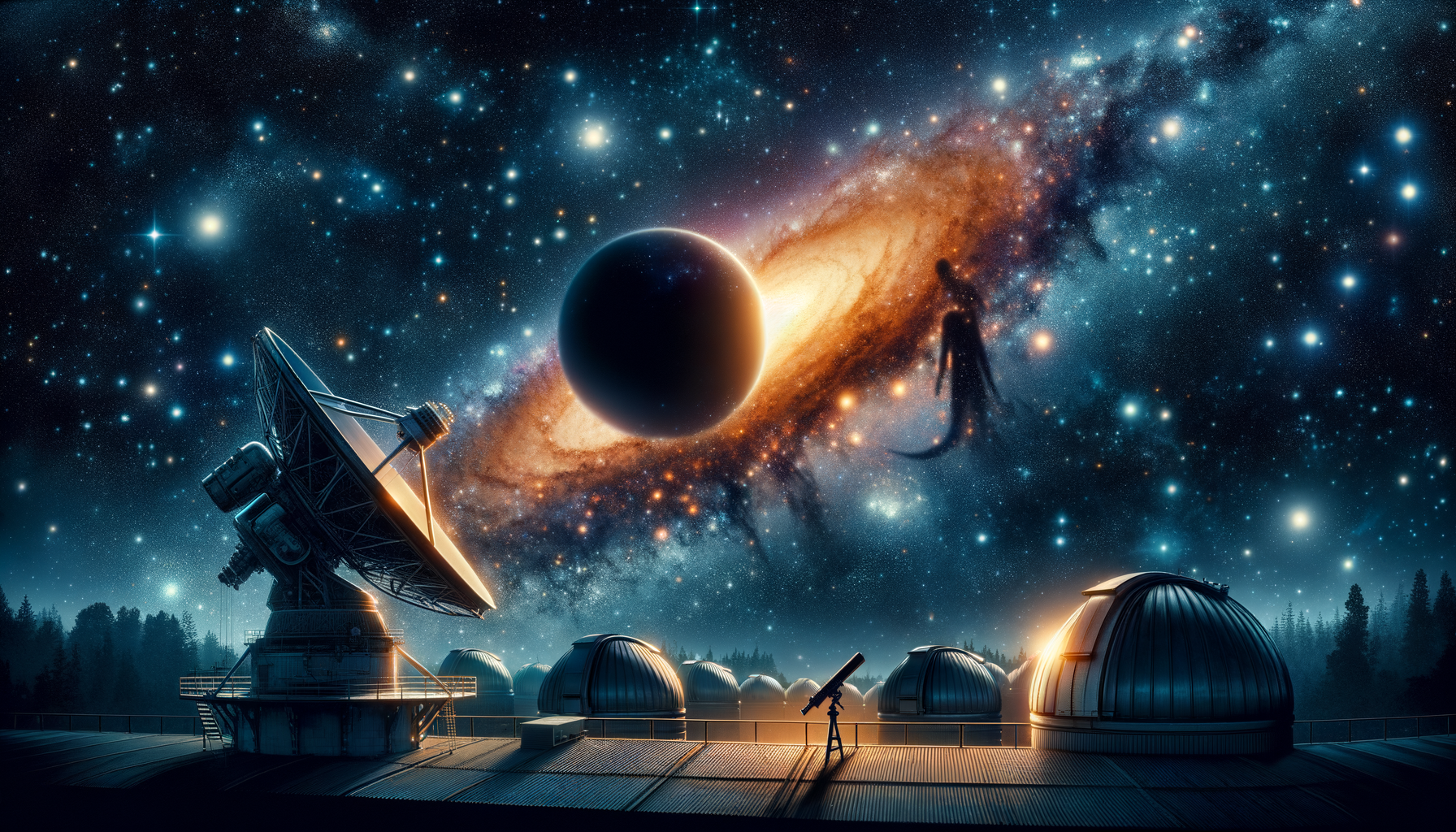No, 3I/ATLAS Is Probably Not an Alien Scout Ship
…but the puzzle of our newest interstellar visitor is still worth every headline
A Harvard professor is not waving a red flag that aliens are about to invade. What Avi Loeb is really saying is: “Hey, if this thing turns out to be weirder than a normal comet, let’s keep our minds open.”
Below is the true story—mysteries, misquotes, and all—told like a cosmic detective novel.
1. The Most Jaw-Dropping Fact First
Only three known objects have ever flown into our Solar System from deep space, and 3I/ATLAS is one of them.
NASA confirmed its hyperbolic path here: science.nasa.gov.
That rarity alone makes astronomers race for their telescopes. Everything else—the “alien tech” whispers, the talk of secret probes—flows from that single, astonishing fact.
2. How Big and How Fast, Really?
| Claim in tabloid story | Hard data |
|---|---|
| “A huge object” (maybe 20 km) | Current brightness models put it at 1–2 km. Loeb himself calls 20 km an upper guess. |
| “Faster than any of our rockets” | 3I/ATLAS ≈ 61 km/s. NASA’s Parker Solar Probe hit 191 km/s in 2024. (source) |
So it’s interesting, yes, but not a physics-breaking monster.
3. The Harvard Hypothesis—Unpacked
Avi Loeb’s actual words (Medium essay here):
- “If the object were really as large as 20 km, its statistical rarity could hint at an artificial origin.”
- “Its timing—sweeping past the Sun while Earth is on the other side—looks like an ‘exceptional coincidence.’”
Translation into plain English:
- Big, rare things invite wild theories.
- The fly-by geometry makes ground observation temporarily impossible (hence the “hidden behind the Sun” headline).
Loeb ends by saying the simplest explanation is still a natural comet. He just wants better data before we close the case.
4. What Mainstream Astronomers Say
- “Behaves like an ordinary interstellar comet.” — Live Science (link)
- “No sign of engine-like accelerations.” — Multiple observatories tracking its orbit
- Pentagon’s AARO office: “No credible evidence of extraterrestrial technology.” (Military Times)
In short: exciting object, zero proof of alien steering.
5. The “Hidden Behind the Sun” Drama
Picture a game of cosmic peek-a-boo:
- Late October 2025: 3I/ATLAS swings closest to the Sun.
- Earth sits on the opposite side of that blazing ball.
- Ground telescopes go blind for weeks.
Yes, it will be literally out of sight, but so was every spacecraft we lost behind the Sun during Mars missions. No conspiracy; just orbital mechanics.
6. Mini-Sondes and the “Dandelion Probe” Idea
Loeb and former Pentagon official Sean Kirkpatrick did write a 2023 paper imagining a mother ship sprinkling “dandelion-seed” probes into planetary systems. (ResearchGate)
Key point the tabloids skip:
- Hypothetical only.
- Kirkpatrick later told Congress there is no sign any object—including 3I/ATLAS—has released such probes.
7. Impact Risk: Dinosaurs Can Rest Easy
- Closest approach to Earth: >1.6 astronomical units (~240 million km).
- Official NASA risk rating: “Poses no threat.”
- Even if a 1–2 km body hit us (it won’t), damage would be regional, not dinosaur-level.
8. Could We Intercept It If We Wanted To?
Right now? No.
• Missions take years to fund, build, and launch.
• There is no ready-to-go “interstellar police car.”
Loeb argues we should create one: a dedicated telescope that spots such visitors early and a rapid-response probe we could fire in months, not decades.
9. What We Know, What We Don’t
Verified Facts
- Interstellar path (hyperbolic)
- Size likely 1–2 km
- Speed well below our fastest probe
- No danger to Earth
Still Up in the Air
- Precise composition (ice, rock, both?)
- Any subtle non-gravitational acceleration (future data may refine)
- Whether its Sun-skimming path is pure chance
10. Why the Story Matters—Even Without Aliens
- Interstellar visitors carry raw materials from other star systems. Every sample teaches us about distant cosmic chemistry.
- The detection gap—only a few months’ warning—shows humanity how blind we remain to small, fast outsiders.
- Open debate keeps science honest. Skeptical astronomers sharpen their models; bold thinkers like Loeb stop us from missing a real anomaly.
The Take-Away
3I/ATLAS is almost certainly a natural comet, not an alien mothership. But its mere arrival reminds us we live in a cosmic ocean full of surprises. Keep watching the skies—just bring your critical thinking along for the ride.
